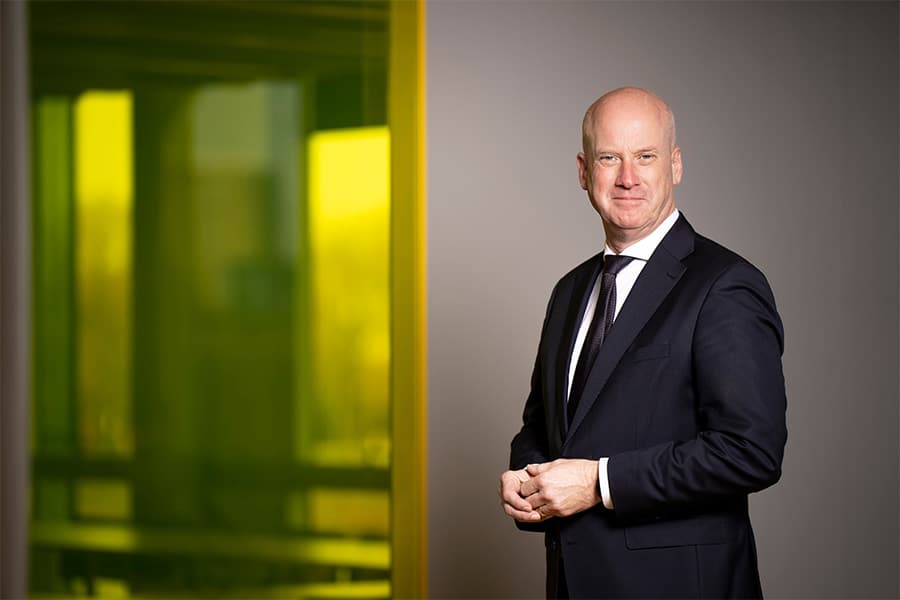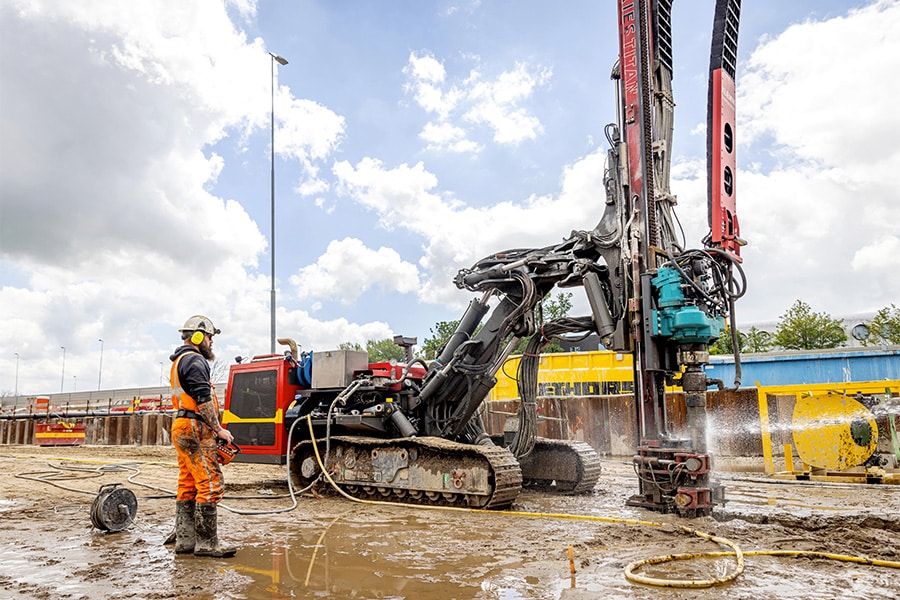
Prefabricated retaining walls pave the way for sustainable(er) infrastructure
Many parts of the Dutch infrastructure are approaching the end of their technical lifespan in the coming years, according to research conducted by Rijkswaterstaat and others. Changes in our climate, use and environment demand future adaptations in wet and dry infrastructure. "Sustainability and environmental costs (MKI, ed.) will then weigh more heavily in these infra projects. And that is precisely what we are specifically responding to with our products," says Gerard Vlastuin, sales manager GWW Netherlands at Bosch Beton.

Bosch Beton uses prefabricated retaining walls to level out differences in the landscape and public space. Think of a stronger traffic passage, creating an entrance on the site of a ditch, extra reinforcement of a slope at an ecoduct or constructing dune lines along the sea. "Within projects such as Zuidasdok in Amsterdam, SUNIJ line in Nieuwegein and Perrons Op Norm (ProRail), we have used retaining walls as ground barriers or to make platforms at various stations suitable for disabled travelers," Vlastuin said. "But strong concrete walls also offer advantages in wet infrastructure." Bosch Beton in Nijkerkerveen, for example, realized water courses with retaining walls. Around the De Zilk sports complex in Noordwijkerhout, sturdy retaining walls also hold back the water. Just like at the special new housing estate De Draai in Heerhugowaard (where retaining walls surround the peninsula) or at the site redevelopment around a pump station. In Bunschoten-Spakenburg, the walls even retain the water in the longest self-closing flood barrier in the world.

Circular future
With its ambition to be 100% circular, Bosch Beton can rightly call itself a sustainability pioneer. "With a view to the circular future, it is our explicit ambition to produce and supply high-quality and sustainable products," says Vlastuin. "Our entire production process is designed with this in mind, as clean and energy-neutral as possible."
In the future, the MKI (Environmental Cost Indicator) will play an increasingly important role in large construction projects by the Department of Public Works, among others. Bosch Beton had the MKI value of its retaining walls calculated and received a verified Life Cycle Analysis (LCA) for it.
"Then the retaining walls were included in DuBoCalc, the Department of Public Works' calculation tool that calculates sustainability and environmental costs for complete construction projects," Vlastuin concludes.



